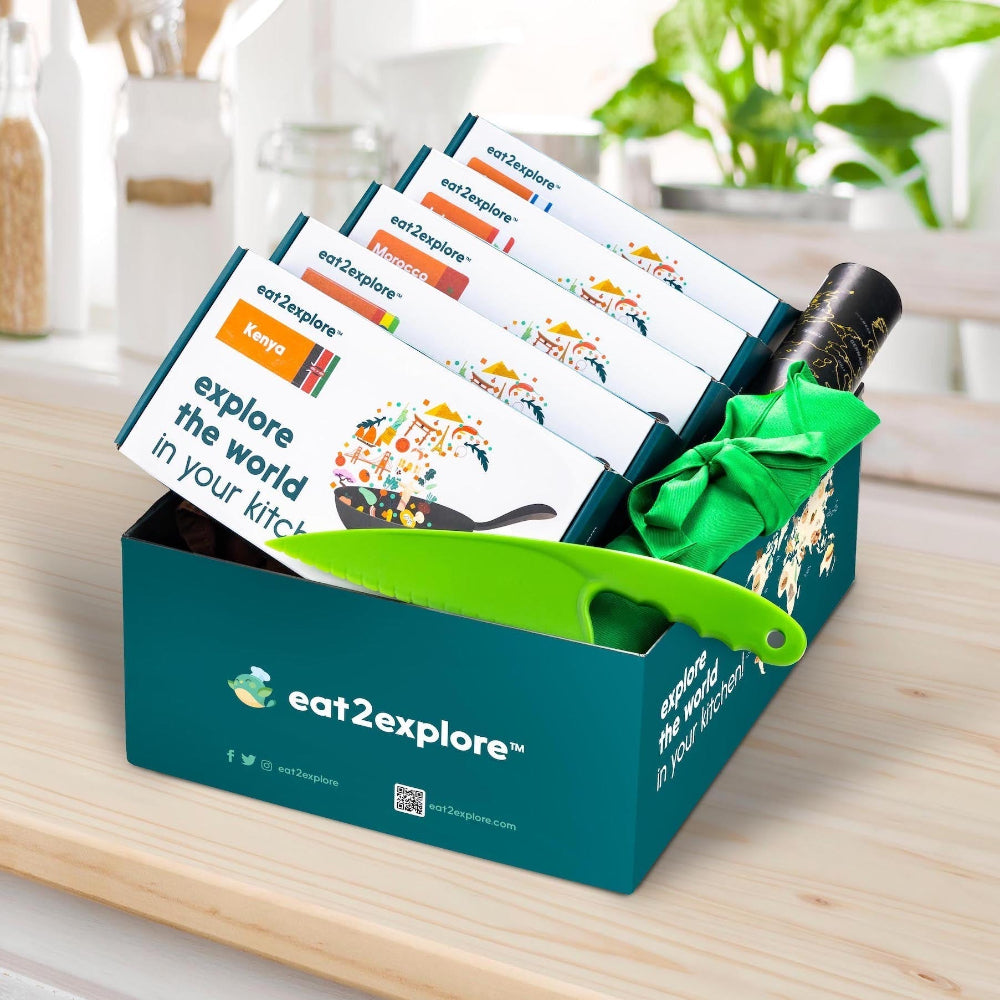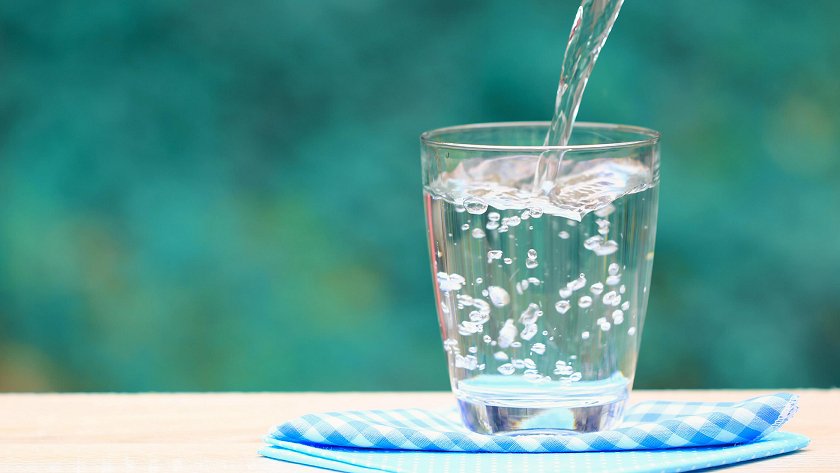Water is a precious commodity. People and animals need clean, safe water every day.
The country of Singapore is an island nation surrounded by ocean. That gives a new meaning to "Water, water everywhere and not a drop to drink!"
But not to worry. Singapore has come up with some pretty ingenious ways to provide a steady supply of useable water for its growing population.
Early History of Drinking Water in Singapore
Singapore is made up of islands and islets off the coast of Malaysia. There are very few natural resources for the inhabitants to get water.
This wasn’t a problem a couple hundred years ago because not many people lived in Singapore. As the population grew on the island, and especially after British settlement in 1819, the demand for fresh water increased.

The MacRitche Reservoir was the first step to solving the most pressing water issues was to build a reservoir. Completed in 1868 despite a few rough starts, it’s the oldest reservoir in Singapore.
Water was pumped into the reservoir from the upper Kallang River, one of Singapore’s bigger sources of fresh water.
Although this was a good solution, it wasn't quite enough to meet the growing demand.
More reservoirs were built to add to the water supply. Then a pipeline was built to import water from Malaysia. For several decades, these were Singapore’s only two sources of fresh water.

The pipeline, running from the Johor River to Singapore, provided a majority of the water needed by the people and businesses. Then, in 1942 during the Battle of Singapore in World War 2, the pipeline was destroyed, leaving the nation with only 2 weeks worth of water!
The pipeline was repaired, but it brought attention to the fact that Singapore needed a better way to provide a sustainable water supply.
Finding Solutions For Water Independence In Singapore
The people of Singapore were paying Malaysia for the water being imported. While this wasn’t terribly expensive to begin with, the costs started rising.
Greater technology improved ways for the island nation to find new and better ways to provide water for everyone.
There are four ways that Singapore gets enough fresh water for over 5 ½ million residents.
They call their water program the “Four Taps.”

The first “tap” is collecting rainwater. Singapore gets a lot of rain, and it’s a good source of fresh water. Engineers have developed canals and drains that run all throughout the island as a part of their Catchment System. The rainwater is channeled to the countries 17 reservoirs, rather than running into the ocean, or creating floods through the cities.
The collected water is treated to make sure it’s clean and safe and provides about 10% of the drinking water for Singapore.

The second method is importing water from Malaysia. As mentioned, when Singapore first began importing water, it was affordable. Over time the cost has significantly risen making it difficult to meet the demand.
Importing water still supplies a majority of the drinking water for Singapore. The nation’s leaders have a goal to become completely independent of this water source by 2061, which is where the next two methods of their “Four Taps” come into play.

The third way Singapore has developed to provide water for everyone is through a process of recycling waste water.
In 1998 they began testing ways to recycle water. The water they were recycling was what ends up going down the drains. Scientists and engineers developed a method to purify the used water.
The engineers created a system of drains that take all the waste water and divert it to treatment plants. The 5 treatment plants in use are aptly named “NEWater,”.
The process used to reclaim the water is pretty intense.
First, the water is filtered and treated. Then it goes to the NEWater
treatment plant.
There it passes through 3 more stages of cleaning before it’s ready to use.
Next the water is microfiltered.
Then the water goes through another filtration method called reverse osmosis. That filter is so fine that the only thing that can get through is water molecules!
And lastly, the filtered water goes through a stage of ultraviolet disinfection, which gets rid of anything that the other systems might have missed.
The water that comes out of these treatment plants is so pure that it beats the standards from the World Health Organization for clean drinking water!

The fourth tap is desalination. In 2005, Singapore opened its first desalination plant. Desalination means to take the salt out of
seawater to make it useable. Since then, they’ve built two more desalination plants with another two in the works.
The desalination process is expensive and uses a lot of energy to remove the salt and minerals from seawater to make it drinkable. To make the process more cost-effective, they’re experimenting with
different ways to purify seawater.
One way that has cut the amount of energy used by almost half is electro deionization. They found a way to use an electric field to pull the dissolved salts and minerals from the water.
Researching New Ways To Get Fresh Water

Another method that they’re experimenting with is natural desalination. Mangrove plants and little fish called euryhaline naturally extract fresh water from seawater.
Scientists and engineers are developing methods that mimic the process used by the plants and fish. This method is called biomimicry.
The country of Singapore has definitely come a long way in figuring out how to provide clean, fresh drinking water for all the people and businesses there.
From people relying on collecting rainwater to the facilities and treatment plants that are in operation today, they have found and developed methods that work.
You can discover more about this amazing island nation in our Singapore box from eat2explore!







